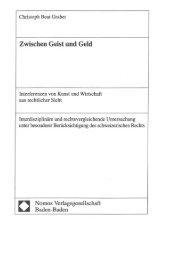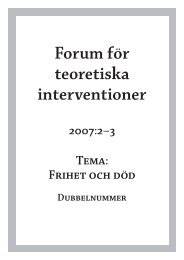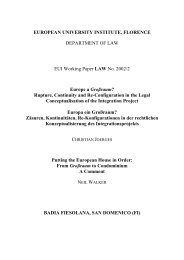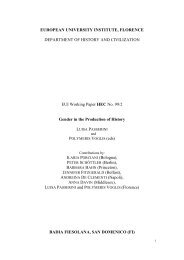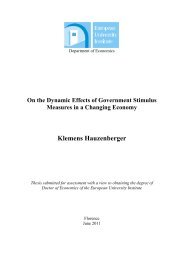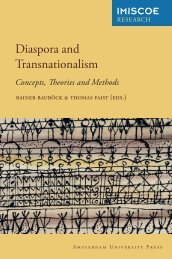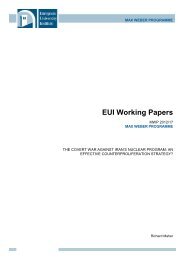Sinziana-Elena Poiana Ioana Lupea Irina-Madalina Doroftei Alina ...
Sinziana-Elena Poiana Ioana Lupea Irina-Madalina Doroftei Alina ...
Sinziana-Elena Poiana Ioana Lupea Irina-Madalina Doroftei Alina ...
You also want an ePaper? Increase the reach of your titles
YUMPU automatically turns print PDFs into web optimized ePapers that Google loves.
Chapter 2: The Embodiment of Tolerance in Discourses and Practices<br />
Addressing Cultural Diversity in Romanian Schools<br />
Midway between the equalitarian institutional inheritance and the continuing reforms, the Romanian<br />
education system seldom made it to the public agenda for religious or ethnic tolerance issues.<br />
Furthermore, the "education reform" meant, in most cases, superficial changes, such as the<br />
reconfiguration of the national exams or the baccalaureate, and only recently, more profound changes<br />
have been implemented - the introduction of efficient financing systems and decentralization.<br />
Romania ranks among the last EU countries for the PISA tests, which measure the efficiency of<br />
education systems - in 2009, we ranked 49 of the 65 countries participating (in reading), and in 2006,<br />
we were the 47th of 59 (in science). Today, the Romanian educational system and the structure of<br />
compulsory education are governed by Law no.1/2011. According to the law, state education is<br />
generalized and free, “In Romania, education is a national priority.”(Art.2, paragraph 7) and<br />
“Lifelong learning is a right guaranteed by law” (Art. 13, paragraph 1). Moreover, Art.2, paragraph 4<br />
mentions that “The state ensures equal access of Romanian citizens at all levels and forms of primary,<br />
secondary and higher education and lifelong learning, without any form of discrimination.” and “The<br />
same rights are ensured for citizens of other EU Member States, Members of the European Economic<br />
Area and Swiss Confederation.” (Art.2, paragraph 5).<br />
The law requires compulsory general education to be 10 classes (ages 6-16), including primary level<br />
(preparatory class and classes I-IV) and lower secondary level (classes V-IX), this obligation ending<br />
at age 18, while upper secondary education (classes X-XII/XIII) is optional. By 2020, upper secondary<br />
level will become compulsory, as well. The age for enrollment in the preparatory class is 6 years old<br />
until the school year starts, but children who reach the age of 6 by the end of the calendar year may be<br />
enrolled if the parents or legal guardians make a formal written request. The transition from 9th grade<br />
to 10th grade takes into consideration an assessment portfolio that includes three written tests on<br />
subjects of Romanian language and literature, mathematics and sciences and foreign language (four<br />
for the minorities – including mother language) and two tests held during the year (evaluating the use<br />
of computer and the civic and social competences).<br />
When considering religious or ethnic tolerance issues, one must observe that the pre-1990 equality<br />
philosophy assumed that there are no groups that should be treated differently, either negatively or<br />
positively, and religious expressions were prohibited altogether in any form. But, in the context of<br />
administrative reform and decentralization in education, accompanied by the increased pressure from<br />
ethnical and religious minorities to gain access to rights, a number of issues related to tolerance<br />
towards ethnic and religious diversity in schools became more visible in the past 20 years of transition<br />
to democracy. This was the result of the work done by assertive advocacy groups, of the unexpected<br />
media support or stronger political representation. For these issues policy solutions were found and are<br />
successfully being implemented, while others are only recently reaching the agenda, despite being<br />
deeply rooted into long-standing social problems.<br />
According to the 2002 Romanian Census , 535.140 persons declared themselves as Roma (about 2.5%<br />
of the total population), although their real number is considered to be much higher: around 1.5<br />
million/ 6.7% of the total population . Moreover, the Roma population is young compared to the<br />
general population, approximately 50% being under 24 years old, and many Roma suffer from poor<br />
education, lack of qualification, high unemployment rate, poverty etc. the results of the 2002 Census<br />
stating that 25.6 % of the Roma population aged over ten years old was illiterate (as compared to<br />
2.6 % of the total population of same age). Also, the Roma children drop-out rate was over ten times<br />
higher than the one recorded for the general population (11.6% compared to 0.8%) and data from the<br />
1998-1999 school year proved that the drop-out rate was higher in segregated Roma schools in<br />
comparison with the education system as a whole.<br />
29



